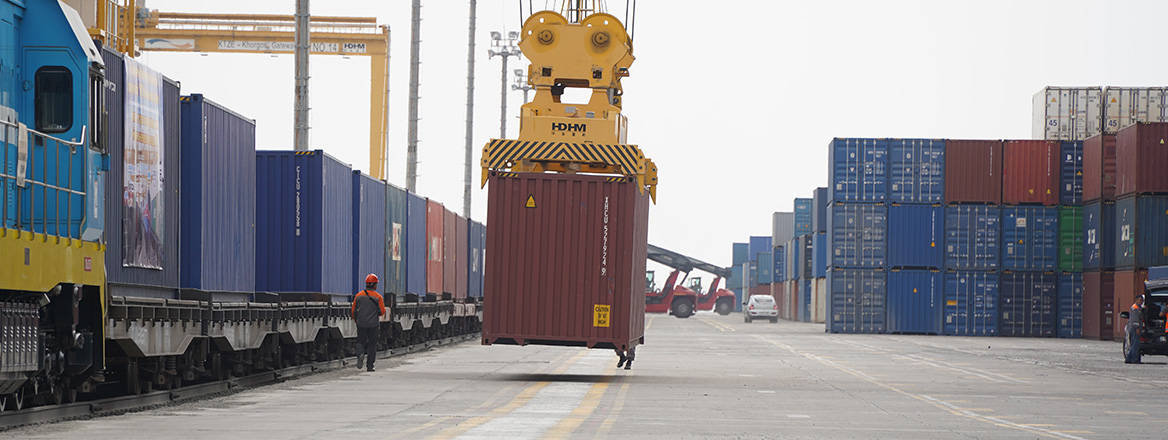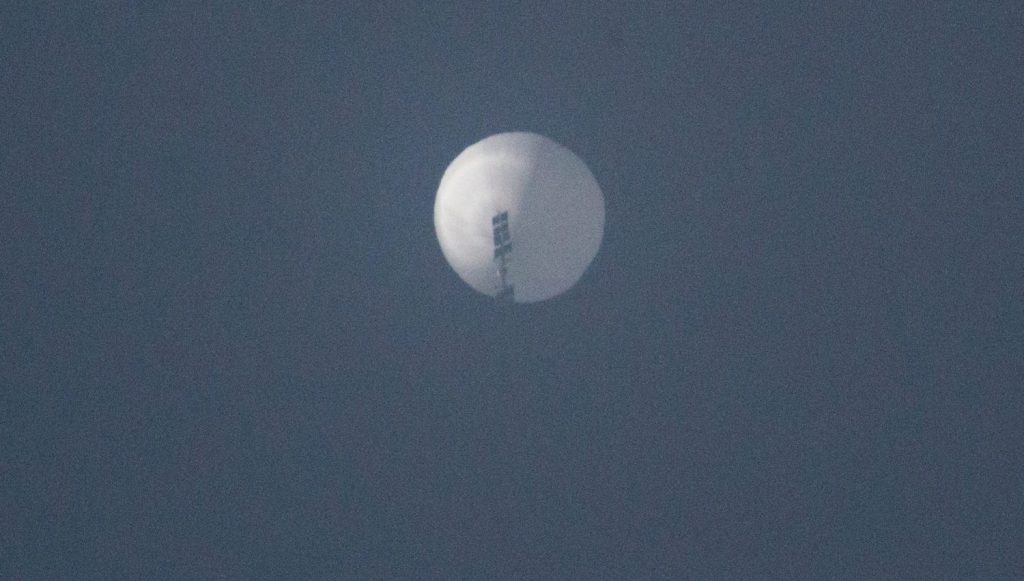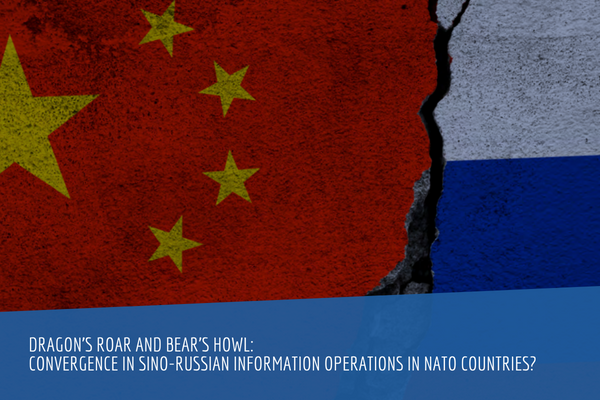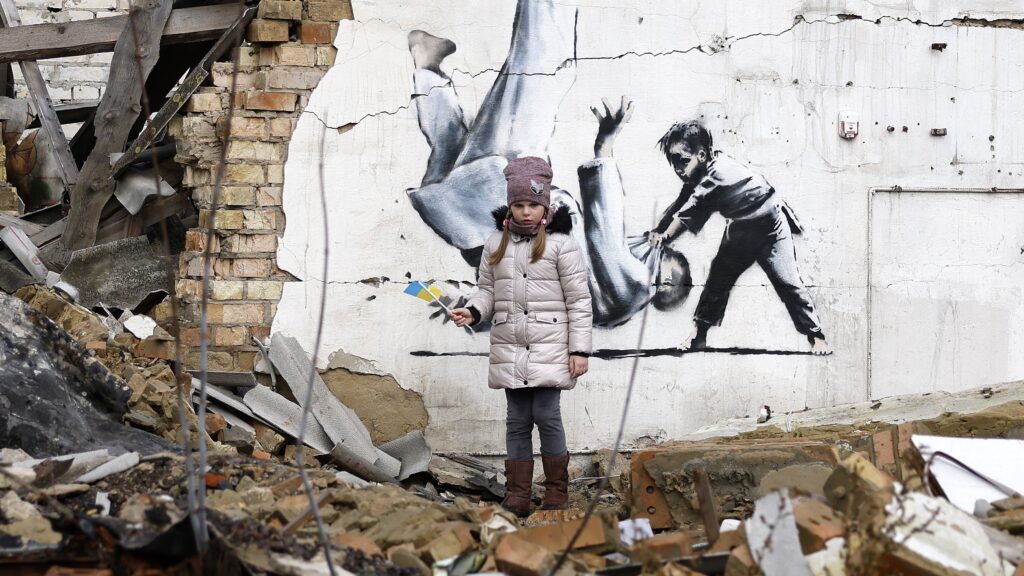Michael Rubin
On January 10, 2023, the U.S. House of Representatives formally assembled the Select Committee on Strategic Competition between the United States and the Chinese Communist Party that Rep. Mike Gallagher (R-Wisc.) will chair. The Select Committee on China is long overdue. While previous attempts to stand up a similar committee faltered amidst House Speaker Nancy Pelosi’s unease, China’s bluster against the backdrop of her Taiwan trip changed Democratic minds.
The committee has its work cut out for it. Chinese aggression is far more pervasive than many Americans recognize. Too often, China’s threats to Taiwan dominate the conversation in Washington. The United States should not take these threats lightly. China neither has a legal nor historical right to Taiwan. But they are only a small slice of China’s ongoing aggression. So too is China’s land grabs in the South China Sea, where it continues to seize and fortify Philippine and Vietnamese reefs and atolls. China employs the same strategy in the mountain highlands along its border with India where in June 2020, Chinese soldiers set upon an Indian patrol in Ladakh and beat them with rocks and clubs wrapped with barbed wire.
China Tries to Claim Territory in India
Even the aggression in Ladakh gets more attention than the current hotspot of Chinese aggression: Arunachal Pradesh. China’s ‘salami-slicing’ is picking up speed against the small northeastern Indian state. In December 2021, China began renaming towns and villages inside India and, just as it did with its so-called “Nine-Dash Line” in the China Sea, it fabricated a historical claim out of whole cloth. More recently, it has refused to issue visas to residents of the state traveling to China to compete in athletics competitions, Beijing argues this is because they are actually from China, no matter their Indian citizenship.
In recent months, however, China grew more aggressive militarily. On December 9, for example, the People’s Liberation Army clashed with the Indian Army near the Chumi Gyatse Falls. While the situation at the border is stable today, it remains unpredictable. That such armed clashes between two nuclear powers went largely unmentioned in the American media reflects a dangerous trend toward navel-gazing that, unfortunately, extends to the White House and Pentagon. It is important the United States remain engaged diplomatically in the Ukraine crisis, but Ukraine cannot be an excuse to ignore the rest of the world.
China Builds Into Territory
:quality(100)/cloudfront-us-east-1.images.arcpublishing.com/thesummit/WKYI2EH2ZRFALPDY7BPK67LORQ.jpg)















